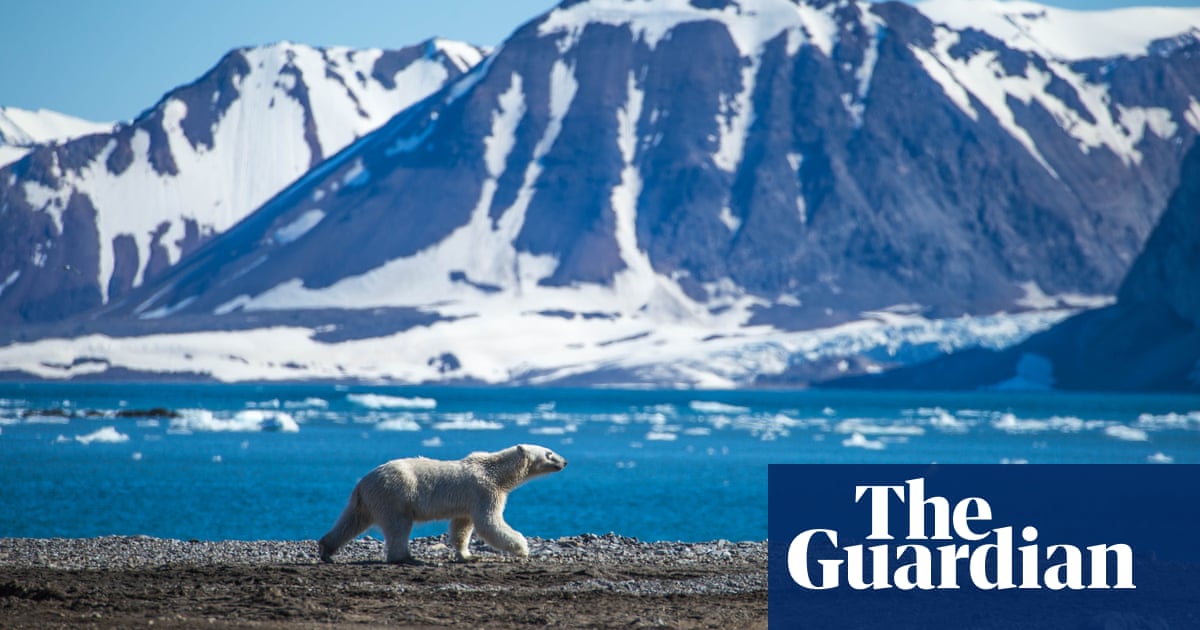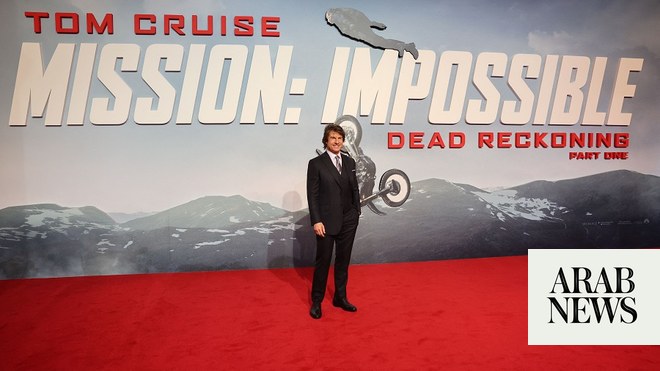
Despite his talents for saving “Hollywood’s ass”, demolishing two chicken tikka masalas in one sitting and escaping enemy territory in decrepit F-14s, Tom Cruise appears to have conceded that some missions – especially those involving polar bears, helicopters and paperwork – really are impossible.
On Friday, the producers of the latest Mission: Impossible film dropped their attempt to obtain permission for dozens of helicopter landings on Svalbard, the protected Arctic archipelago halfway between Norway and the north pole where polar bears outnumber people.
It emerged earlier this week that the makers of Mission: Impossible – Dead Reckoning Part Two, due out in 2024, were seeking to challenge the Svalbard governor’s decision to deny them landing permits for the shoot.
The local authorities refused permission for the 40-odd helicopter landings on various sites requested by PolarX, the production company involved, citing concerns over disturbance to wildlife.
According to the public broadcaster NRK, filming of some scenes began in Svalbard this week, with crews in place and the vessel PolarXplorer, which has been chartered for the production, docked in Longyearbyen, the archipelago’s de facto capital.
Cruise, who was pictured on the streets of Longyearbyen on Thursday, declined to discuss the matter with the local paper, Svalbardposten, saying only: “It’s wonderful to be here.”
By Friday, however, the production company had abandoned its attempt to get Norway’s environment agency to overturn the governor’s decision.
“We were just informed that the film production team just dropped the complaint to our agency on this matter,” a spokesperson for the agency said. “The production company said they had other solutions. We’re not dealing with the complaint now because they have dropped it. They wanted our agency to overturn the governor’s decision but they have dropped the complaint to us so I don’t know what kind of solutions they have found.”
A spokesperson for PolarX declined to comment on the matter, citing a general production non-disclosure agreement.
According to a letter sent by the production company’s lawyers, which was obtained by Svalbardposten, a way out of the impasse had indeed been agreed.
“While a complaint to the Norwegian environment agency was deemed necessary due to the significant time pressure, the production has continuously worked on alternative solutions to meet the governor’s concerns,” the letter said. “This work has been successful, and the parties no longer see a need to maintain the complaint.”
Local media had reported that the decision was based on section 73 of the Svalbard Environment Act, which requires traffic on the archipelago “not to damage or degrade the natural environment … or lead to unnecessary disturbance of people or wildlife.” PolarX appealed against the decision.
Svalbard, which has a human population of 2,700, is a haven for a wide variety of species including arctic foxes, bearded seals, walruses, Svalbard reindeer, five species of seals, 12 species of whales and about 3,000 polar bears.
Norwegian media have said PolarX stressed in its application that “previous productions in Svalbard have had a global audience, spreading understanding of the Arctic wilderness and history” and promoting “a positive view … of the environment.”
But the Svalbard authorities decided that given “the purpose of these flights”, permission could not be granted for the helicopter landings, in part because of the precedent it may set “in the context of the goal of limited traffic on Svalbard”.
The archipelago’s head of environmental protection, Kristin Heggelund, told NRK that the aim was to maintain “an almost untouched environment”. Landing permits had been granted in the recent past but mostly for wildlife documentaries, she said.
“This is a completely different type of helicopter use” that goes beyond overflying and the occasional landing, she said. “It is a feature film. They want to use helicopter landings as part of the actual film, so with considerable activity on the ground.”
Not all Svalbard residents were happy with the ban. Ronny Brunvoll, the head of Visit Svalbard, said he questioned whether it was “sensible and necessary to be so categorical in the approach to business activities on the archipelago”.
“I ask myself if it is necessary every time that conservation interests meet business interests,” he added. “We recognise the protection of vulnerable nature has priority. But at the same time there must be a Norwegian presence and activity on the islands.”
The local business association said exceptions could perhaps be made for the occasional high-profile feature that may boost the image of Svalbard, which has served as a backdrop for films including the 2002 Bond movie Die Another Day.
However, Aleksander Øren Heen, an environment minister, told the broadcaster that the principle of the government’s Svalbard policy was that “in the event of a conflict between environmental protection and other interests, the environment must weigh more heavily”.












